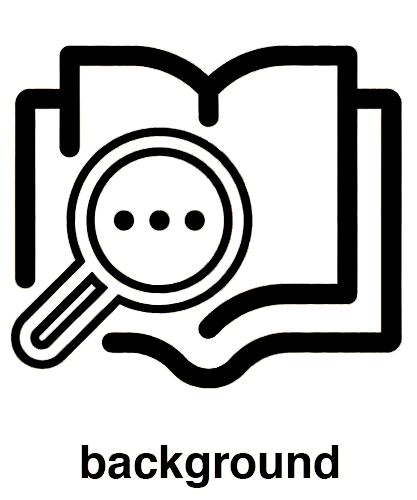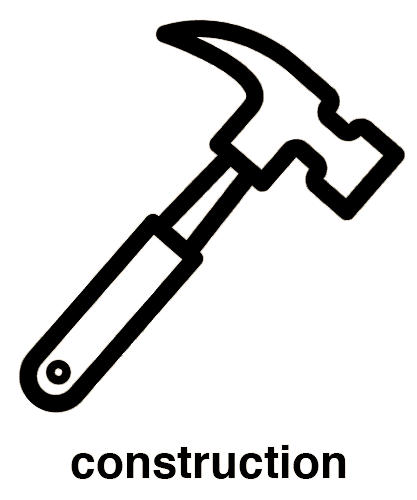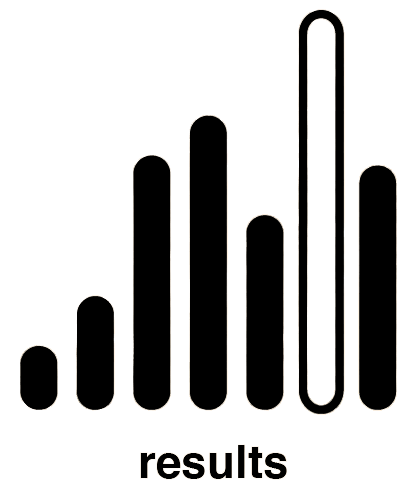-
Projects
- Environment Box
- Passive Refrigeration
- Water Cooling
- Fog Catching
- Roof Geometries
- Optimal Insulation
- Cooler Windcatcher
- Green Machine
- Mitigating Humidity
- Convective Air Flow
- Styrene Reuse
- Thermal Reflection
- ETFE Rigidification
- Phase Change Materials
- Polar Reflection
- Cavity Depth Variation
- Vapor Permeability
- Algae Facade
- Moisture Buffering
- Engineered Geometries
- Recycled Desiccant Materials
- Living Wall
- Solar Shading Facades
- SHADESin.reACTION
- Low-Fab Dehumidification
- Breathing Wall
- Urban Heat Island
- Acoustical Design
- Latent Heat of PCM's
- Insulative Qualities of Air
- About
- Lectures
- Assignments
- Workshops
- Syllabus
- Resources
Proposal
Abstract
Polarized film is used for many applications from cameras to sunglasses in order to prohibit visible light from passing through a transparent medium. Given its ability to block to visible light, can polarization provide a solution for a low-cost, low-tech shading system? The thought being that if less light is allowed to pass through a transparent medium, the less electromagnetic energy allowed to heat the space. Polarized film has microscopic strands running parallel to each other in a given direction. This erases half of the light as it moves through the filter. If these filters are placed in a series at certain angles, it can drastically reduce the amount of light let into a space, even completely blocking out light if oriented perpendicular to each other. Current solutions in reactive solar shading, such as thermochromic glass and electrochromic glass, are either costly to install and upkeep or make the window opaque robbing the observer of a connection to the exterior. With the known psychological and practical benefits of direct sunlight on buildings and their occupants, architects have been using an increasing amount of glazing on their buildings. However, this comes with a major drawback, reduced performance. Buildings with a higher window to wall ratios perform much worse than ones with a lower window to wall ratio. The two factors that affect this performance are heat loss through the glazing and solar heat gain. Applying polarization to architectural glazing presents an opportunity to offset solar heat gain and improve performance. This study will examine if layers of polarized film applied to glazing is a viable low-cost, low-tech option for reducing solar heat gain. Measurements of the kind of light passing through the filter will also be recorded.
Polarized film is used for many applications from cameras to sunglasses in order to prohibit visible light from passing through a transparent medium. Given its ability to block to visible light, can polarization provide a solution for a low-cost, low-tech shading system? The thought being that if less light is allowed to pass through a transparent medium, the less electromagnetic energy allowed to heat the space. Polarized film has microscopic strands running parallel to each other in a given direction. This erases half of the light as it moves through the filter. If these filters are placed in a series at certain angles, it can drastically reduce the amount of light let into a space, even completely blocking out light if oriented perpendicular to each other. Current solutions in reactive solar shading, such as thermochromic glass and electrochromic glass, are either costly to install and upkeep or make the window opaque robbing the observer of a connection to the exterior. With the known psychological and practical benefits of direct sunlight on buildings and their occupants, architects have been using an increasing amount of glazing on their buildings. However, this comes with a major drawback, reduced performance. Buildings with a higher window to wall ratios perform much worse than ones with a lower window to wall ratio. The two factors that affect this performance are heat loss through the glazing and solar heat gain. Applying polarization to architectural glazing presents an opportunity to offset solar heat gain and improve performance. This study will examine if layers of polarized film applied to glazing is a viable low-cost, low-tech option for reducing solar heat gain. Measurements of the kind of light passing through the filter will also be recorded.
Camden NorrisI am a first year M1 student from Toledo, OH and received my undergraduate from Bowling Green State University in Architecture & Environmental Design. My interests are in tectonics, building sciences, and rural design. I have professional experience as a steel detailer at Matrix Technologies in Maumee, OH and at The Collaborative Inc. in Toledo, OH.
|





